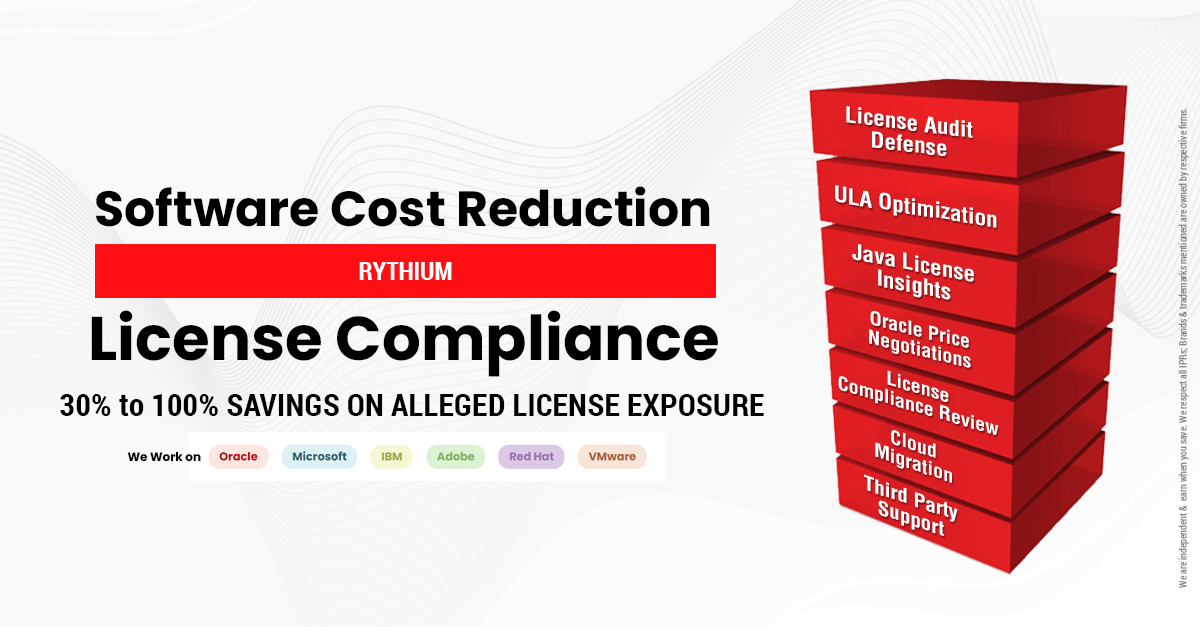In today’s fast-paced business world, cloud adoption is no longer optional—it’s a strategic necessity. Companies are increasingly moving their workloads to cloud platforms to achieve flexibility, scalability, and cost efficiency. Oracle, a leader in enterprise software solutions, has developed a licensing model that reflects this shift. Understanding Oracle Cloud Licensing and how it differs from traditional software licensing is crucial for IT managers, developers, and business leaders.

Traditional Software Licensing: A Brief Overview
Traditional software licensing typically involves purchasing perpetual licenses or subscription-based licenses for software installed on-premises. In this model, organizations pay upfront for the right to use the software, often based on the number of users, devices, or servers. For example, a company might purchase an Oracle Database license for a specific server and receive support and updates for a set period.
Traditional licensing also requires careful management of compliance. Companies must track usage meticulously to avoid under-licensing or over-licensing, both of which can be costly. Additionally, traditional licenses may involve separate costs for updates, patches, and maintenance.
A significant example of traditional licensing complexity is Java Licensing. Oracle’s Java SE products, once free for general use, now require proper licensing for commercial purposes. Organizations using Java in production environments must understand which usage scenarios are covered and ensure they comply with Oracle’s licensing requirements to avoid penalties.
Oracle Cloud Licensing: A Modern Approach
Oracle Cloud Licensing represents a departure from the traditional model. Instead of purchasing software for on-premises deployment, organizations subscribe to cloud services on a pay-as-you-go or fixed subscription basis. This model provides several distinct advantages.
First, cloud licensing simplifies compliance. Oracle Cloud services automatically track usage, allowing companies to pay only for what they consume. This eliminates the need for complex audits and manual tracking of license counts, which is a common challenge with traditional software licensing.
Second, Oracle Cloud Licensing offers flexibility. Businesses can scale their resources up or down based on demand without worrying about license procurement. For example, if a company experiences a surge in traffic, it can quickly provision additional database instances in the Oracle Cloud without negotiating new licenses or purchasing additional hardware.
Third, cloud licensing integrates seamlessly with service updates. Oracle continuously delivers new features, security updates, and performance improvements as part of the subscription, eliminating the need for separate upgrade purchases. This ensures that organizations are always using the most current, secure version of the software.
Key Differences Between Oracle Cloud Licensing and Traditional Licensing
Several factors distinguish Oracle Cloud Licensing from traditional software licensing:
- Payment Structure: Traditional licensing usually requires a large upfront investment, whereas cloud licensing operates on a subscription or usage-based model. This aligns costs with actual consumption, improving financial predictability.
- Flexibility and Scalability: Traditional software is bound to the hardware it is installed on, limiting scalability. Oracle Cloud services allow on-demand resource allocation, enabling organizations to adjust capacity based on real-time requirements.
- Compliance Management: Managing license compliance for on-premises software is manual and prone to errors. Oracle Cloud Licensing automates usage tracking, reducing the risk of non-compliance and associated penalties.
- Maintenance and Upgrades: Traditional software often requires manual updates and additional maintenance fees. Cloud services include automatic updates and integrated maintenance, reducing administrative overhead.
- Accessibility: Cloud services are accessible from anywhere with an internet connection, unlike traditional software tied to specific machines or locations. This supports remote work and global operations.

Java Licensing in the Context of Oracle Cloud
An important aspect to consider is Java Licensing. As organizations migrate to the cloud, understanding how Java is licensed under Oracle’s cloud offerings is crucial. Oracle provides Java SE subscriptions specifically designed for cloud deployment. This ensures that businesses can run Java applications in the cloud without worrying about violating licensing agreements.
Using Oracle Cloud, companies can consolidate their Java workloads, track usage, and maintain compliance more easily than with on-premises installations. This modern approach to Java licensing not only simplifies administration but also reduces overall costs for organizations heavily reliant on Java technologies.
The Role of IT Partners
Navigating Oracle’s licensing landscape, especially during cloud migration, can be complex. Companies often rely on expert IT partners to ensure compliance and optimize costs. Firms like Rythium Technologies LLP specialize in Oracle Cloud services and licensing strategies, helping organizations transition smoothly from traditional to cloud-based models. Their expertise ensures that businesses maximize value while minimizing licensing risks.
Rythium Technologies LLP emphasizes a strategic approach to cloud adoption. By assessing current software usage, projecting future needs, and implementing efficient cloud licensing models, they help clients achieve operational agility and financial efficiency. Partnering with experienced consultants ensures that organizations not only comply with Oracle’s licensing rules but also leverage cloud capabilities to their fullest potential.
Conclusion
The shift from traditional software licensing to Oracle Cloud Licensing reflects the broader evolution of enterprise IT. Cloud licensing offers flexibility, scalability, and simplified compliance that traditional licensing struggles to provide. With subscription-based models, automated tracking, and integrated updates, businesses can focus on growth rather than administrative burdens.




Comments